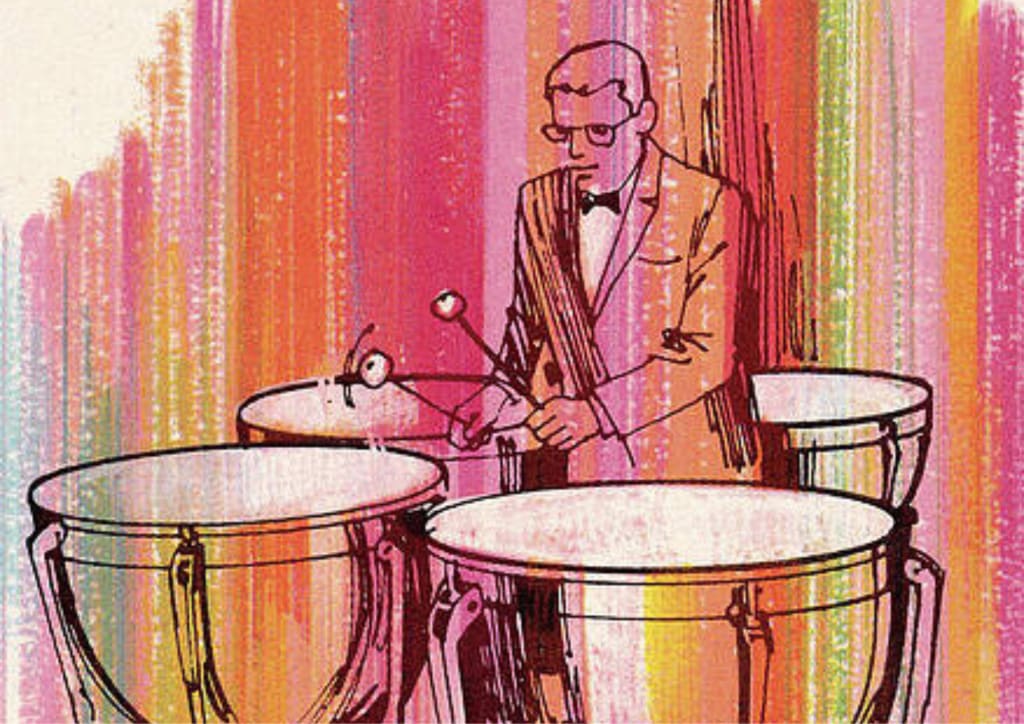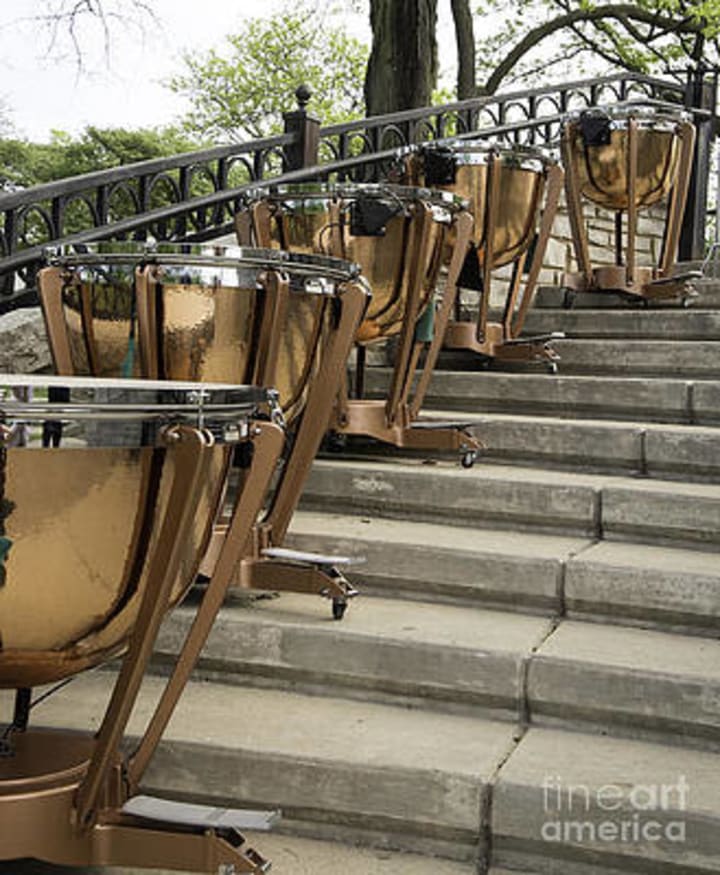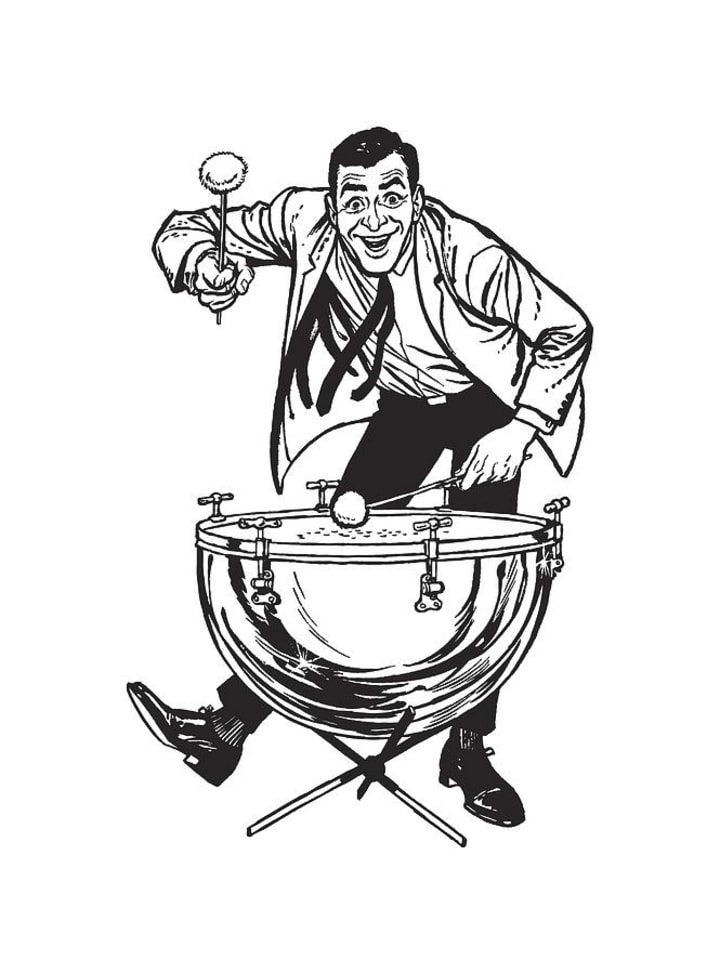Timpani: The King of Percussion Instruments
The timpani has a long and rich history that dates back to ancient times. The instrument was first used in military and ceremonial music in ancient Rome and Greece, where it was typically played in pairs.

The timpani, also known as kettledrums, is a percussion instrument that has been a staple of orchestral music for centuries. With its deep, resonant sound and versatility, the timpani is considered by many to be the "king of percussion instruments." In this article, we'll explore the history of the timpani, its construction, its playing techniques, and its role in orchestral music.
History of the Timpani
The timpani has a long and rich history that dates back to ancient times. The instrument was first used in military and ceremonial music in ancient Rome and Greece, where it was typically played in pairs.
The timpani began to gain prominence in Western classical music in the 17th century, where it was used as a bass instrument in Baroque orchestras. By the 18th century, the timpani had become an important part of the symphony orchestra, and composers such as Mozart, Haydn, and Beethoven began to use the instrument extensively in their works.

In the 19th and 20th centuries, the timpani continued to evolve, with advancements in tuning mechanisms and drumhead materials leading to greater versatility and expressiveness.
Construction of the Timpani
The timpani consists of a large, bowl-shaped drum made of copper or brass. The drumhead is made of animal skin or synthetic materials such as plastic and is stretched over the top of the drum. The drumhead can be tuned by adjusting the tension of the skin, either by tightening or loosening the screws around the rim of the drum.

Most modern timpani has a pedal mechanism that allows the player to change the pitch of the drumhead while playing. The pedal is connected to a mechanism inside the drum that adjusts the tension of the drumhead, allowing the player to quickly and easily change the pitch of the drum.
Playing Techniques
The timpani is played with a pair of mallets, which can be made of wood, plastic, or other materials. The mallets are held in the player's hands and are used to strike the drumhead at different points to produce different pitches.

The timpani can be played in a variety of ways, including single strokes, rolls, and glissandos. Rolls are a common technique that involves rapidly striking the drumhead in a continuous, rolling motion, producing a sustained sound. Glissandos are another technique that involves sliding the mallets across the drumhead to produce a sliding pitch.
The timpani can also be played with dampening techniques, such as muffling or dampening the sound by placing a hand on the drumhead or using a special dampening pedal. These techniques can be used to produce a variety of different tonal effects and dynamics.
Conclusion
In conclusion, the timpani is a versatile and essential instrument in the world of music. Its deep and resonant sound adds depth and drama to the percussion section of an orchestra, while its ability to play a wide range of notes makes it a valuable tool for composers and arrangers.
From its origins as a simple drum used in military bands to its current position as a staple of orchestral music, the timpani has undergone many changes and innovations over the years. But despite these changes, the basic design and principles of the instrument have remained largely unchanged.
Today, the timpani remains a beloved instrument that has captured the imaginations of musicians and audiences alike for centuries. Whether played in a symphony hall or a rock concert, the timpani continues to inspire and captivate listeners with its powerful and distinctive sound.
About the Creator
Gokila
She is an astrophile, introvert,
loves to read books all day long,
addicts in healthy lifestyle
and having curiosity to know about new things.
Life Is As Beautiful As You Make It. Contentment Is The Key To Happiness. Peace Be Upon The Saviour.






Comments
There are no comments for this story
Be the first to respond and start the conversation.